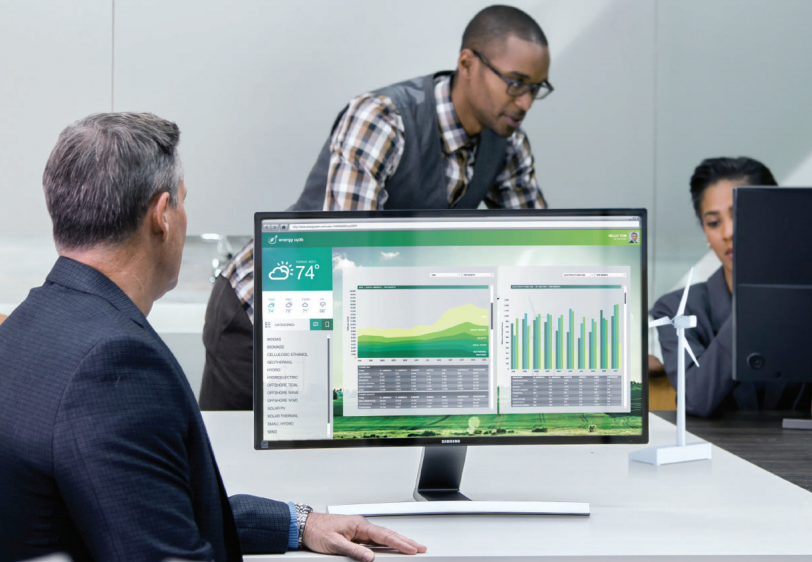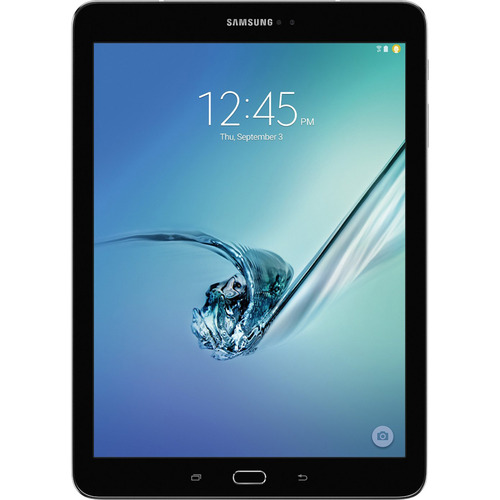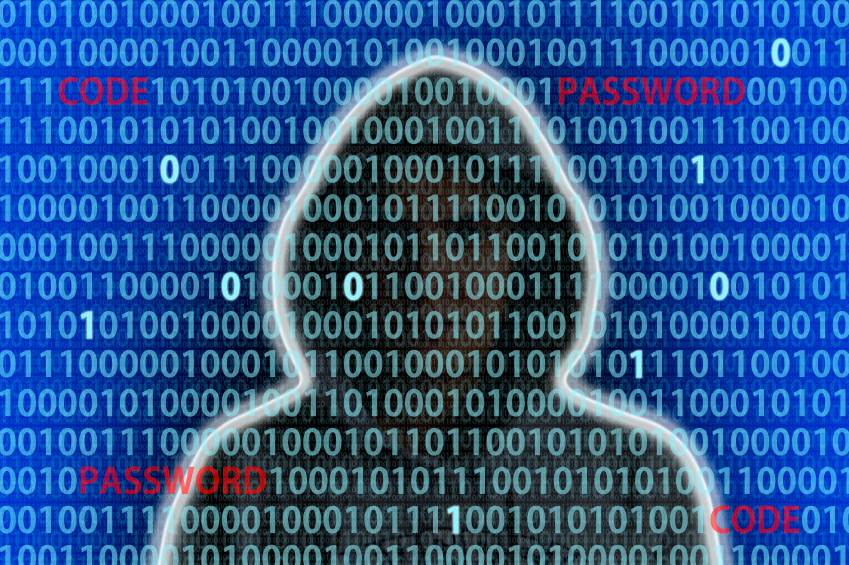Information Technology Solutions

Keeping a business running smooth and efficiently comes down to many different factors. Making sure the workforce is strong and dependable, the product is perfect and that the company has efficient equipment. It is crucial for companies to check their information technology and make sure everything is running up to date and not causing any stress.
Some of the biggest problems in the work place are equipment malfunctions. These range from bad Internet connection, computers performing slowly, network problems and losing important information. Any of the problems will interfere with a workday and could potentially hurt productivity.
As a business owner, it is crucial to make sure that the equipment is up to date and in good working order. Not only will it make employees happy but also customers will have a better experience with the business. Technology has become user friendly, you can do the same for your business customers.
Security is becoming the biggest concern for businesses today. Making sure that customer information is protected is key in running a business. With IT Solutions, your next project will be protected from cyber attacks and viruses and spyware will be removed from all systems. If by any chance of corruption in files, our system performs backups remotely to insure that no information is lost.
AOSI also offers a 24-hour help desk for any problems you may face. Our highly skilled solutions team will always be available to help resolve an issue as fast as we can.
With IT Solutions you can focus on what your company does best. AOSI is the areas leading IT Solution Company. We make sure that nothing stands in your way of your next sale. There is no time to wait, give us a call today, and let us take the stress of technology off your shoulders.








 ls require access to dedicated line-of-business applications. As opposed to 2-in-1s, which allow network access, tablets are better suited to situations in which, for example, a restaurant server simply needs to enter orders and process payments. In many cases, tablets also hold their charges longer than laptops, so are great choices when traveling, out on the factory floor or in other highly mobile environments. In fact, 76% of IT respondents in the Spiceworks report would be likely to consider tablets as a primary work device.
ls require access to dedicated line-of-business applications. As opposed to 2-in-1s, which allow network access, tablets are better suited to situations in which, for example, a restaurant server simply needs to enter orders and process payments. In many cases, tablets also hold their charges longer than laptops, so are great choices when traveling, out on the factory floor or in other highly mobile environments. In fact, 76% of IT respondents in the Spiceworks report would be likely to consider tablets as a primary work device. ideal choice for mobile professionals who must run multiple applications simultaneously in order to maintain peak productivity. According to the Spiceworks report on mobile devices,5 laptops are overwhelmingly the device-of-choice for IT and executive management professionals, as well as with other departments.
ideal choice for mobile professionals who must run multiple applications simultaneously in order to maintain peak productivity. According to the Spiceworks report on mobile devices,5 laptops are overwhelmingly the device-of-choice for IT and executive management professionals, as well as with other departments.


